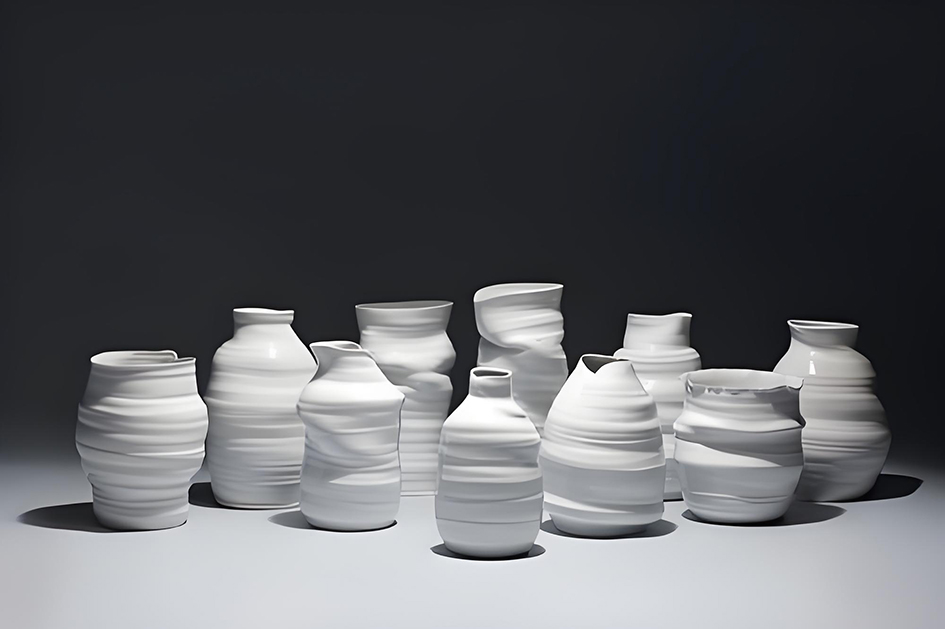
In 2025, the ceramics field is thriving with diverse activities centered around this art form. These activities, which both preserve ancient techniques and explore innovations, have captured widespread attention.
Distinctive Ceramics Events Held Nationwide
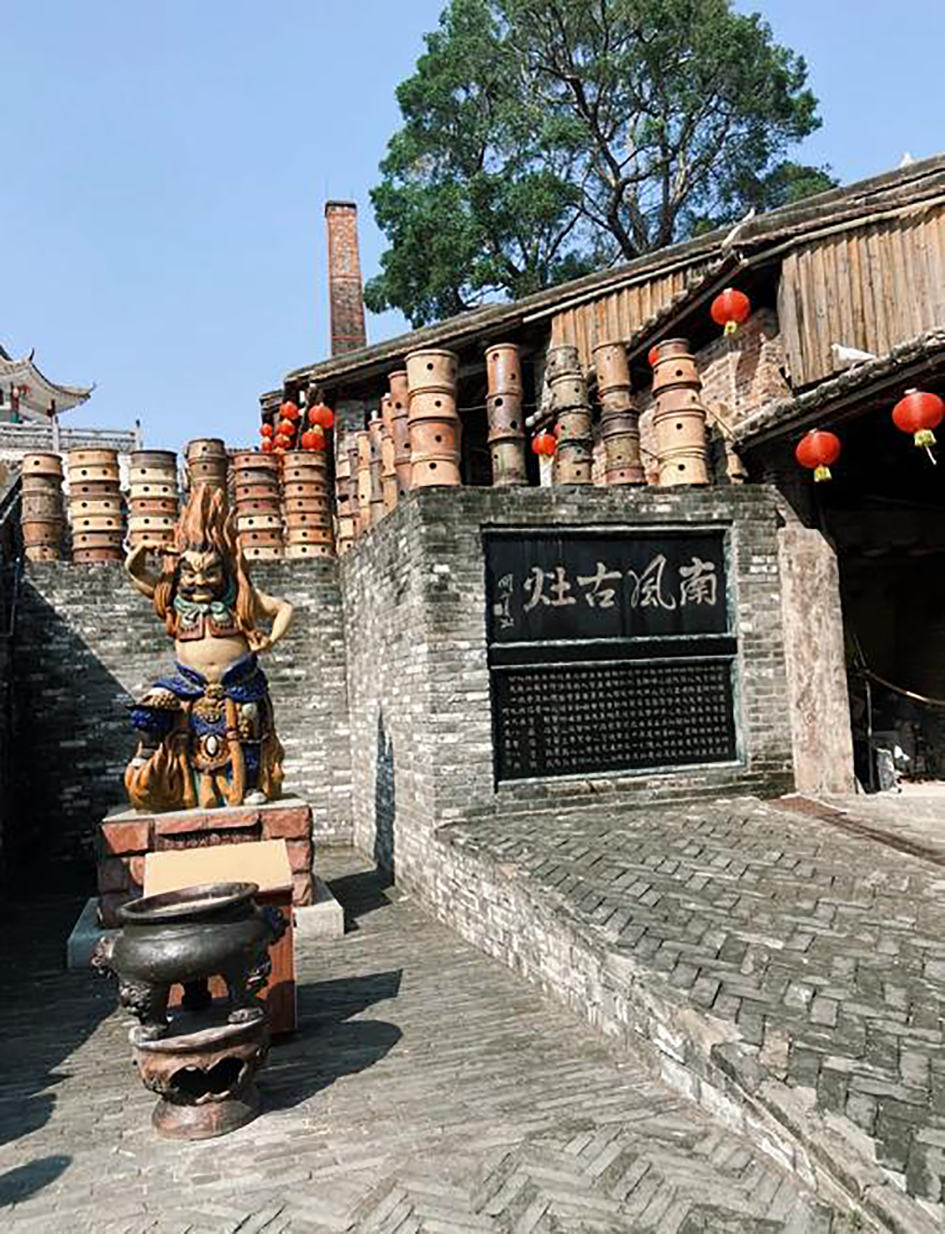
On March 1st, the First Kiln Opening Ceremony of the Ancient Nanfeng Kiln in the Yi Si Snake Year will take place at the Ancient Nanfeng Dragon Kiln Plaza in Chancheng District, Foshan City. For nearly 500 years, the Ancient Nanfeng Kiln in Shiwang has held an opening ceremony on the second day of the second lunar month, choosing an auspicious time to do so. This year, citizens will witness the impressive moment when the Dragon Kiln’s door opens and the precious items come out, and experience the opening ceremony culture. Ten national-level ceramics masters will be invited to fire their works in Dragon Kiln, and the fresh pieces will be sold at the market. Additionally, citizens can participate in the free “add firewood” (which has the same meaning as “getting a raise”) blessing ritual, symbolizing prosperity for next year’s endeavors. Meanwhile, as the oldest enterprise on the north bank of the Dongping River, Shiwang Brewery, which is welcoming its 195th anniversary this year, has built a new archway by the Dongping River and introduced a 128-meter-long installation, named Zhuzi Jin Long (Zhuzi Golden Dragon) and two installations named Zhuzi Jin Dou (Zhuzi Golden Funnel) to bring citizens good fortune and wealth.
On the morning of February 25th, the 2025 Second Wuzhou Kiln Opening Ceremony was held at the ancient dragon kiln in Hanzao Village, Yafan Town, Wucheng District, Jinhua City. At the event, Chen Xinhua, representative inheritor of Wuzhou Kiln, national intangible cultural heritage, led his disciples in rituals such as hand washing, incense burning, wine offering, and performing the blessing ritual. Chen Xinhua also held a bamboo slip and recited The Ode to Wu Kiln. Subsequently, the kiln workers took out the fired Wuzhou Kiln ceramics from the dragon kiln. Founded in the Eastern Han Dynasty and flourishing in the Tang and Song Dynasties, Wuzhou Kiln is one of China’s six ancient celadon types and is listed as a national intangible cultural heritage. In recent years, under the guidance of the local government and led by Chen Xinhua, Wuzhou Kiln has continued to develop through activities like kiln worship and kiln opening ceremonies, study tours, and overseas exchanges, enhancing its cultural brand through inheritance and development. At the event, Zhou Wu, a Chinese master of arts and crafts, highly praised Wuzhou Kiln ceramics, describing them as simply decorated, elegant, and a golden calling card for Wucheng City.
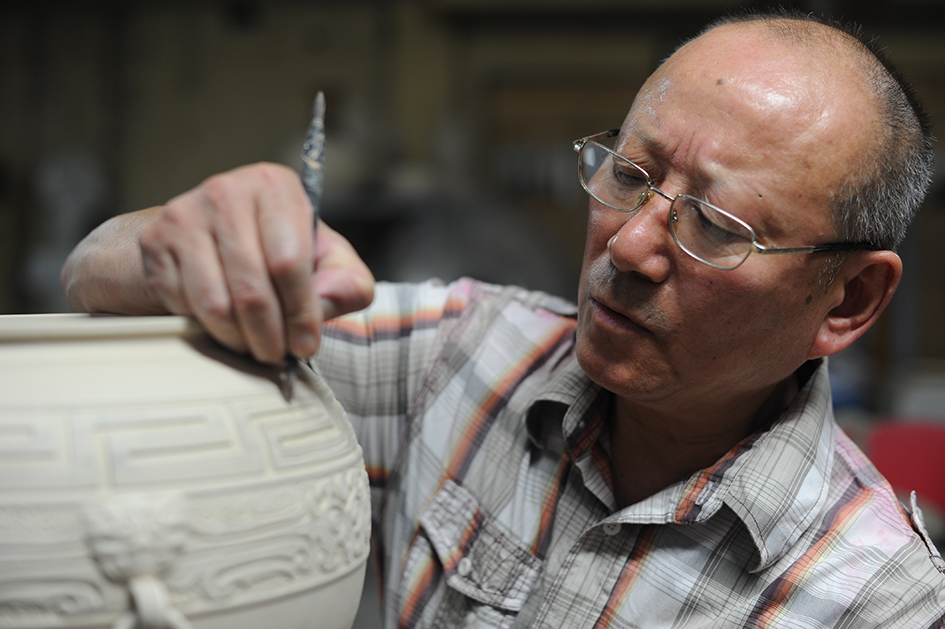
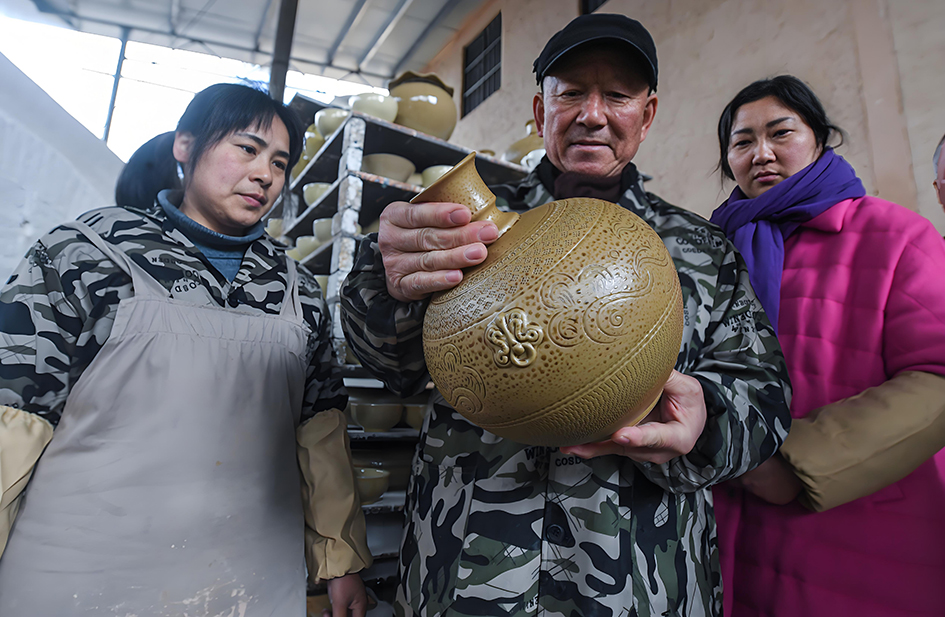
Ceramics Inheritance and Innovation: A Multi-pronged Approach
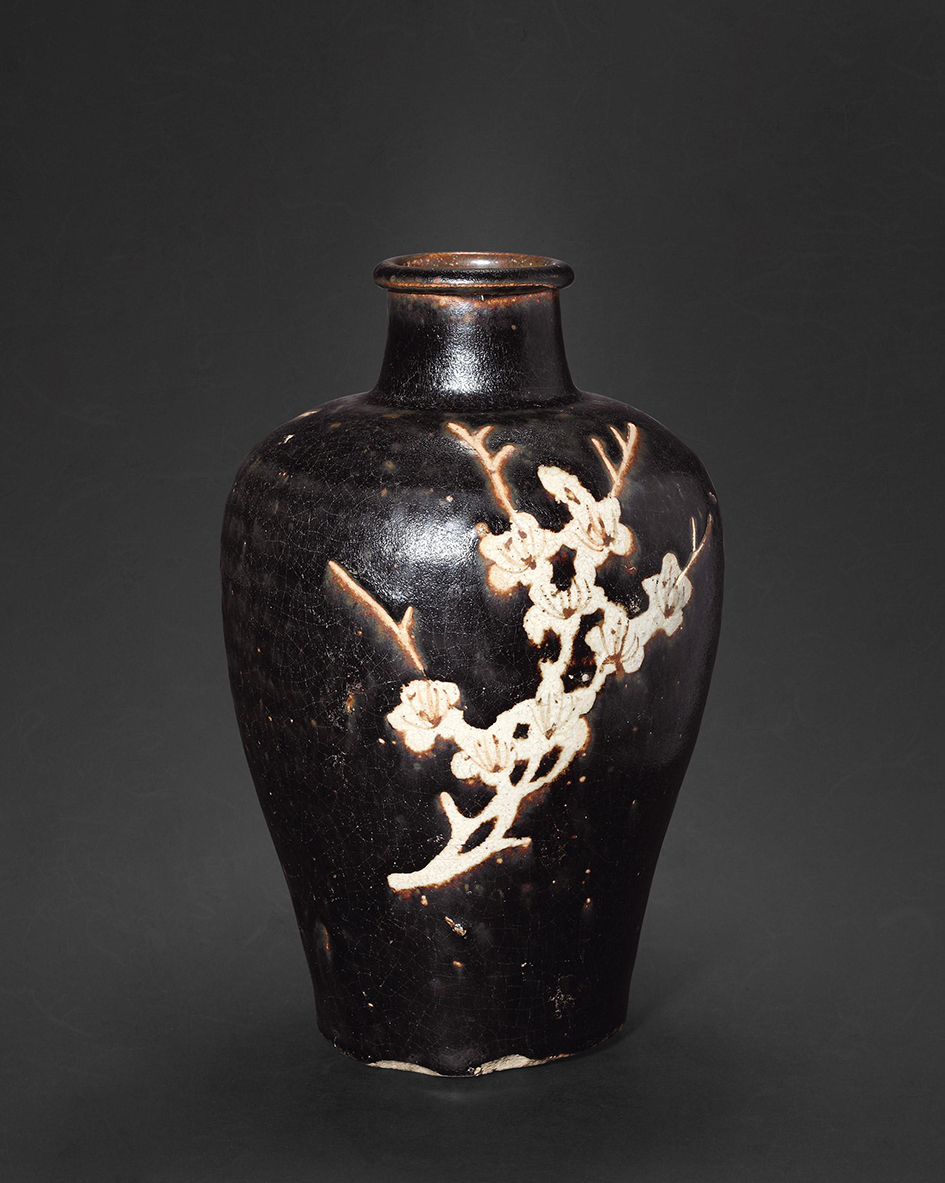
Jizhou Kiln, in Yonghe Town, Ji’an, Jiangxi, is situated along the midstream of the Gan River. Artisans at Jizhou Kiln fired their first kiln in 2025, the Year of Snake, in fine spring weather using traditional wood-firing for new porcelain pieces. With a 1000-year history and 24 well-preserved kiln mounds, Jizhou Kiln is one of the world’s most intact ancient kiln site groups. Despite its rich ceramic variety and unique craftsmanship, it declined due to wars and lost some skills. After years of research, the lost skills were revived in 2013. In 2014, Jizhou ceramic firing techniques were listed as a national-level intangible cultural heritage. Now, with nearly 40 inheritors and young ceramicists joining, innovation is breathing new life into the ancient skills. For example, inheritor Yang Li has developed new leaf-themed works and wooden leaf cups with various glaze colors by incorporating modern elements.
In Jingdezhen, the “Porcelain Spring Talks and Artist Gathering in Changnan” 2025 New Year Ceramics Seminar was held on February 23rd. Hu Liping, the Party Working Committee Secretary of the Jingdezhen Federation of Literary and Art Circles, presided over it, and Zhang Ying, a member of the Party Working Committee and deputy director of the Changnan New District Management Committee, introduced the current situation and future of Mingfang Park, home to many well-known kilns and outstanding artists where visitors can observe all 72 ceramic-making steps. Focusing on ceramic art inheritance, innovation, critical development, industrial integration, contemporary expression, and international exchanges, participants actively contributed suggestions for Jingdezhen’s ceramic art development.
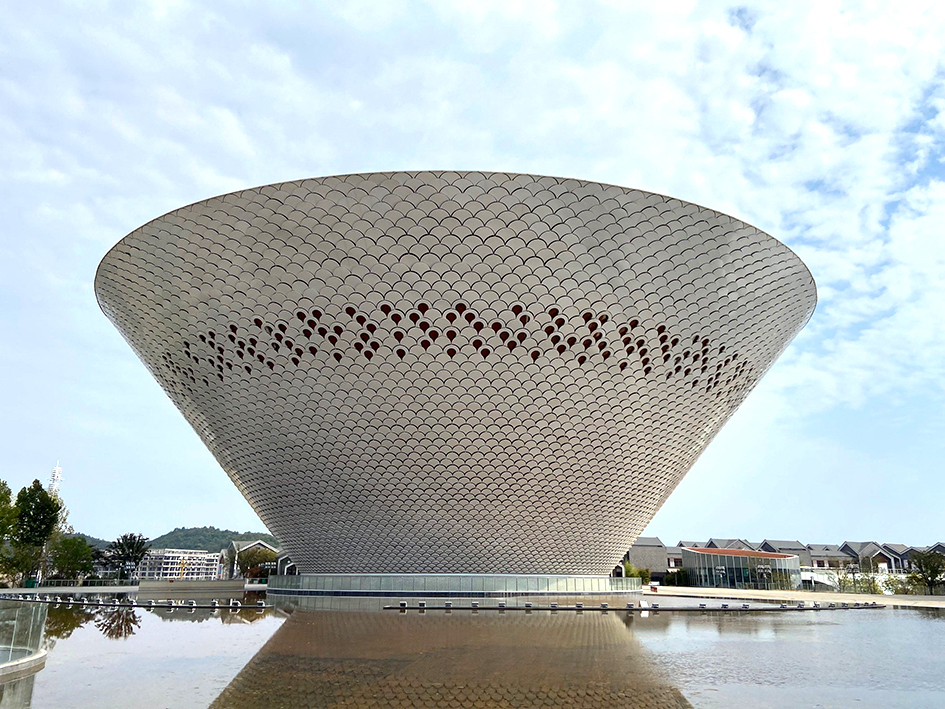
Additionally, Jiangxi He Xi Yuan Ceramics Co., Ltd. has obtained two patents: “A Spray Glaze Device with Glaze Recovery Function” and “A Glaze Recovery Device” from the National Intellectual Property Administration. The former can adjust the recovery hopper according to the object and is detachable for easy cleaning, enhancing practicality; the latter forms a canopy around the operating table to effectively recycle glaze and reduce waste.
Ceramics education is also being carried out in various places. On the afternoon of February 27th, Yang Jiahu, a teacher from Weibin Ceramics Learning Institute, visited Xinjian Road Middle School. He introduced the basics of ceramics and demonstrated throwing and carving skills. Students then made works like small cups and flower pots under his guidance, experiencing the charm of ceramics and craftsmanship. Damu Banner Youth Night School also offers ceramics courses where teachers guide students through processes like kneading, throwing, and shaping, later glazing and firing their works, enriching the youth’s leisure life and letting them experience traditional culture. On February 22nd, the award ceremony for the “Pandas and Olympics” Student Ceramics Competition & the Jianggang Intangible Cultural Heritage Exhibition was held in Hong Kong. Teachers, students, and parents from Jianghai District’s Jingxian Junior High School gathered there. The children's ceramic works, which integrated intangible cultural heritage with the Olympic spirit, received great reviews.
In 2025, the ceramics field will continue innovating while inheriting and developing while innovating. From preserving traditional skills to integrating modern technology, and from professional competitions to public education, ceramics displays its unique charm in diverse ways and looks forward to a broader future.